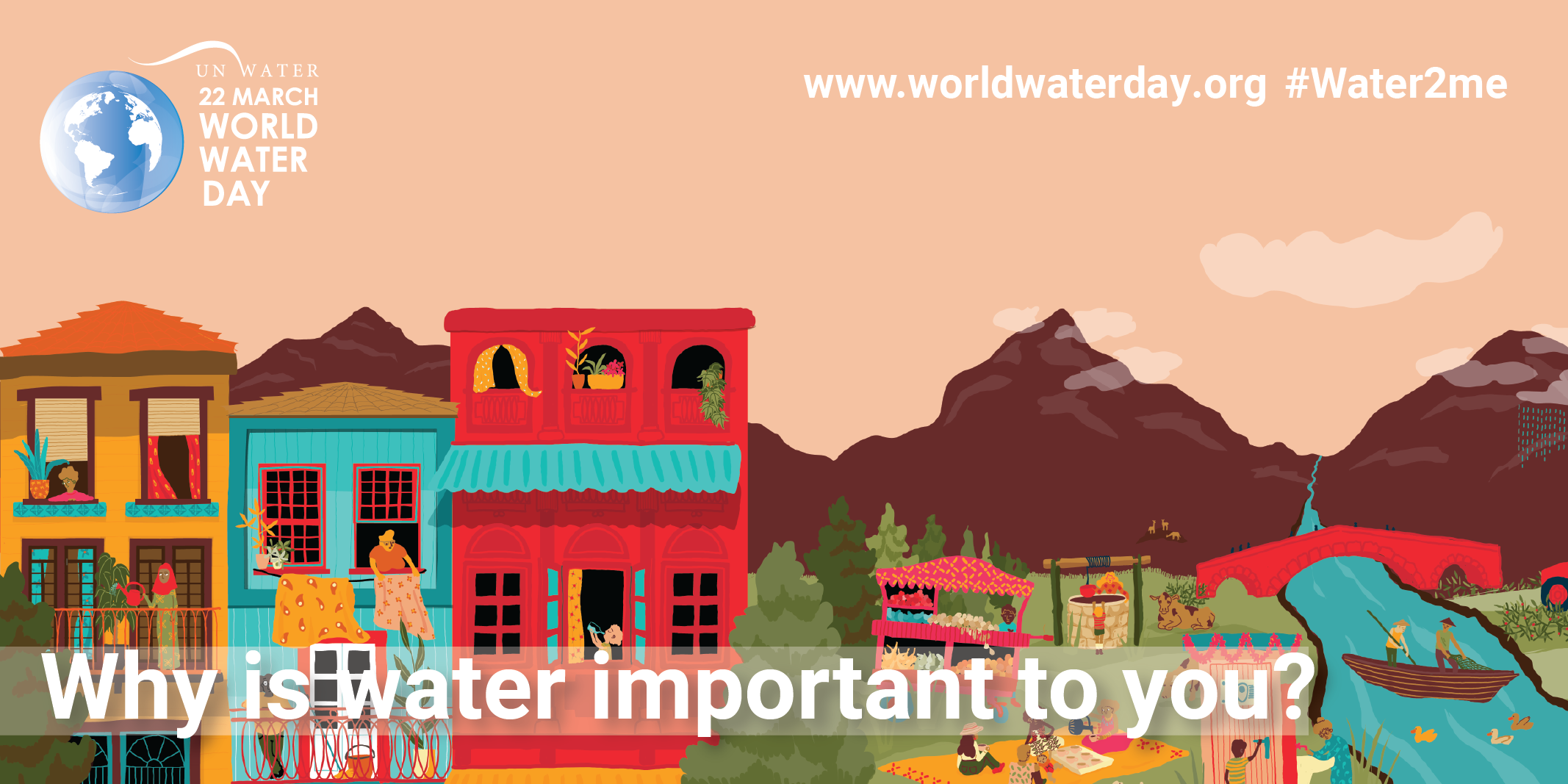This website uses cookies so that we can provide you with the best user experience possible. Cookie information is stored in your browser and performs functions such as recognising you when you return to our website and helping our team to understand which sections of the website you find most interesting and useful.
News
Celebrating the Importance of Water
March 22 is World Water Day and it raises awareness for this worldwide issue. As Americans, most of us don’t think twice about clean water and sanitation. And whether we realize it or not, water means something important to all of us; it assures us our health and it assures us opportunity. Yet there are billions of people around the world don’t have access to clean drinking water.
What might be more surprising, though, is that there are 2 million Americans that face the same issue. Can you imagine not having clean water pumped into your home, available any time you turn on your tap? From Tulare County, California, to the Navajo Nation to the Rural South – these are communities around the U.S. that are constantly having to consider where their water is coming from and if it is safe. You can read profiles about communities like these in Close the Water Gap – a joint report by the U.S. Water Alliance and Dig Deep.
But in the U.S. though, there’s more to be done than simply building new pipelines to reach these communities. Our current water infrastructure system is aging and underfunded. The American Society of Civil Engineers (ASCE) released their latest Infrastructure Report Card earlier this month and graded America’s drinking water infrastructure a C- and wastewater infrastructure a D+. Much of our water infrastructure was built decades ago and is past its service life. Not to mention the materials used decades ago are more prone to maintenance and breaks – 6 billion gallons of treated water are leaked each day in U.S., which is enough to fill 9,000 swimming pools. We need investment in infrastructure to not only build new pipelines for underserved communities, but so that we can also face the daunting task of replacing thousands of miles of pipeline as well.
Optimistic for the Future
We’re hopeful about where the U.S. is heading, and we were pleased to see water infrastructure aid included in the latest COVID-19 relief bill, which allocated $350 billion specifically to be used to make necessary investments in water, sewer, and broadband infrastructure, and the funds are available through 2024. And we are optimistic that President Biden will continue to make infrastructure a priority and that Secretary of Transportation Pete Buttigieg will successfully implement the President’s Build Back Better plan to invest and rebuild the U.S.’s infrastructure, including the replacement of the aging water pipes.
As we in the vinyl industry know, PVC is an excellent choice for piping materials for a multitude of reasons. For one thing, it’s lightweight, which reduces shipping emissions. It exceeds the service life of nearly any other piping alternative with its ability to remain in use for 100 years. It requires less maintenance than many other alternatives, and according to a Utah State University study, it has fewer breaks when compared to other materials. We look forward to working with the current Administration as well as states and localities to find areas where PVC can be the solution.
Read more on updates in climate legislation and water infrastructure here.


